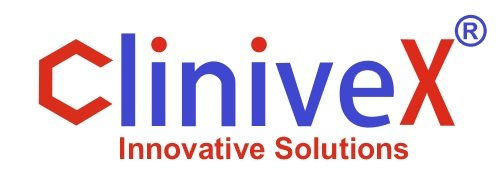Uses of Reference Standards in the Pharmaceutical Industry

Reference standards are pivotal in ensuring the integrity and effectiveness of pharmaceutical products. They are critical for evaluating the purity of substances and verifying that medical products comply with required specifications. The absence of these standards would jeopardize the accuracy and reliability of pharmaceutical formulations.
Substance Identification
Reference standards are indispensable for correctly identifying substances in pharmaceutical products. They provide a benchmark to confirm that the materials in a product align with their intended formulation. Techniques like Infrared (IR) spectroscopy or chromatography rely on these standards to compare profiles and validate the substance's identity, ensuring it matches the expected criteria.
Reference materials are chosen from typical manufacturing batches to create reliable benchmarks. These benchmarks are essential for ensuring that the product quality remains consistent and dependable.
Calibration of Instruments
Calibration of analytical instruments heavily depends on reference standards. These calibration materials are used to fine-tune and verify the accuracy of instruments, ensuring they deliver precise and reliable results. For example, a reference standard might be employed to calibrate a spectrometer or chromatograph, ensuring accurate and consistent measurement readings.
Calibration standards are crucial in assays to establish the correct response of instruments, enabling accurate measurement and analysis of samples.
Determining Purity
Assessing the purity of substances is a fundamental aspect of pharmaceutical analysis. Reference standards are used to detect and measure contaminants in samples. For instance, in thin-layer chromatography (TLC), a reference standard with a minimum purity level (often around 90 percent) is used to evaluate the purity of the sample.
More advanced methods, such as liquid chromatography (LC) or gas chromatography (GC), may require reference standards with even higher purity (typically at least 95 percent) to ensure accurate results. Detailed profiles of reference standards help in precise impurity detection and quantification.
Analyzing Degradation Products
Reference standards are crucial for identifying and quantifying degradation products in pharmaceuticals. Degradation products can affect the efficacy and safety of a product, so accurate identification is essential. Procuring reference standards from a trusted supplier, such as a top reference standards supplier in Canada, ensures high-quality and reliable standards for this purpose.
Conducting Assays
Reference standards are integral to conducting pharmaceutical assays, which are used to assess the potency and effectiveness of substances. These standards are used in various testing methods to ensure accuracy. For example, in general assay methods like colorimetry or UV spectrophotometry, verifying the relative reactivity or absorbance of substances is essential.
In more specific assays, assessing the number and impact of contaminants is crucial. It is important to analyze the suggested reference standards using multiple methods, including absolute techniques where possible, to ensure comprehensive testing.
In Summary
Reference standards are essential across multiple applications in the pharmaceutical field. They help ensure that pharmaceutical products are of high quality, safe, and effective. Partnering with a reputable reference standards supplier can help ensure that your products meet the highest standards of accuracy and reliability.
In conclusion, reference standards are a fundamental component in modern pharmaceutical practices, ensuring that products are both effective and safe for use.
 info@theclinivex.com
info@theclinivex.com  +1 (877)-861-1996
+1 (877)-861-1996 


